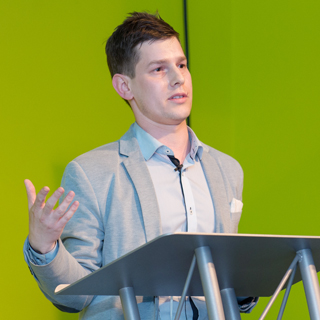Giving

Manhattan University was the portal through which I came to know NYC, came to know where we are as a country, and what we can be as a world.
Christopher Gorman '05 School of Liberal Arts

Manhattan University was the portal through which I came to know NYC, came to know where we are as a country, and what we can be as a world.
Christopher Gorman '05 School of Liberal Arts